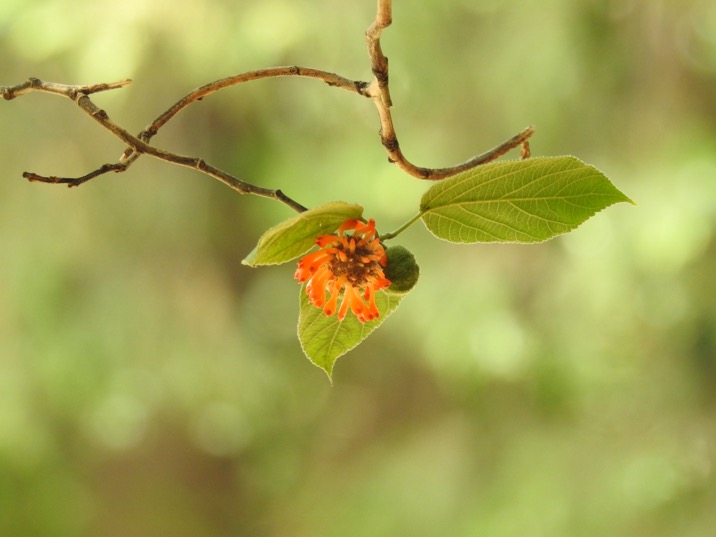During summertime, you are very likely to see a tree with shiny reddish and fleshy fruit hanging on long stalks in Beijing. The paper mulberry is native to Asia and extensively cultivated elsewhere. The fruit is actually quite tasty and a delicacy for many kinds of birds, including magpies. As an important source of fiber for paper and cloth, the paper mulberry is also known as the tapa cloth tree.
The paper mulberry can absorb carbon dioxide, sulfur dioxide, chlorine and other harmful gases, which is beneficial for the environment. Thus, paper mulberry trees can be seen planted near factories. However, they are not suggested to be planted near houses as they are likely to be blown down by strong winds due to their shallow root systems.
Here are some photos of paper mulberry fruit taken in Beijing.

The fruit of the paper mulberry is edible. /Photo by Ding Qian
The fruit of the paper mulberry is edible. /Photo by Ding Qian

Leaves of the paper mulberry can be used to treat bleeding wounds. /Photo by Ding Qian
Leaves of the paper mulberry can be used to treat bleeding wounds. /Photo by Ding Qian

The paper mulberry is a tree in the mulberry family. /Photo by Ding Qian
The paper mulberry is a tree in the mulberry family. /Photo by Ding Qian

The paper mulberry is commonly planted on the roadsides due to its tolerance of pollution. /Photo by Ding Qian
The paper mulberry is commonly planted on the roadsides due to its tolerance of pollution. /Photo by Ding Qian